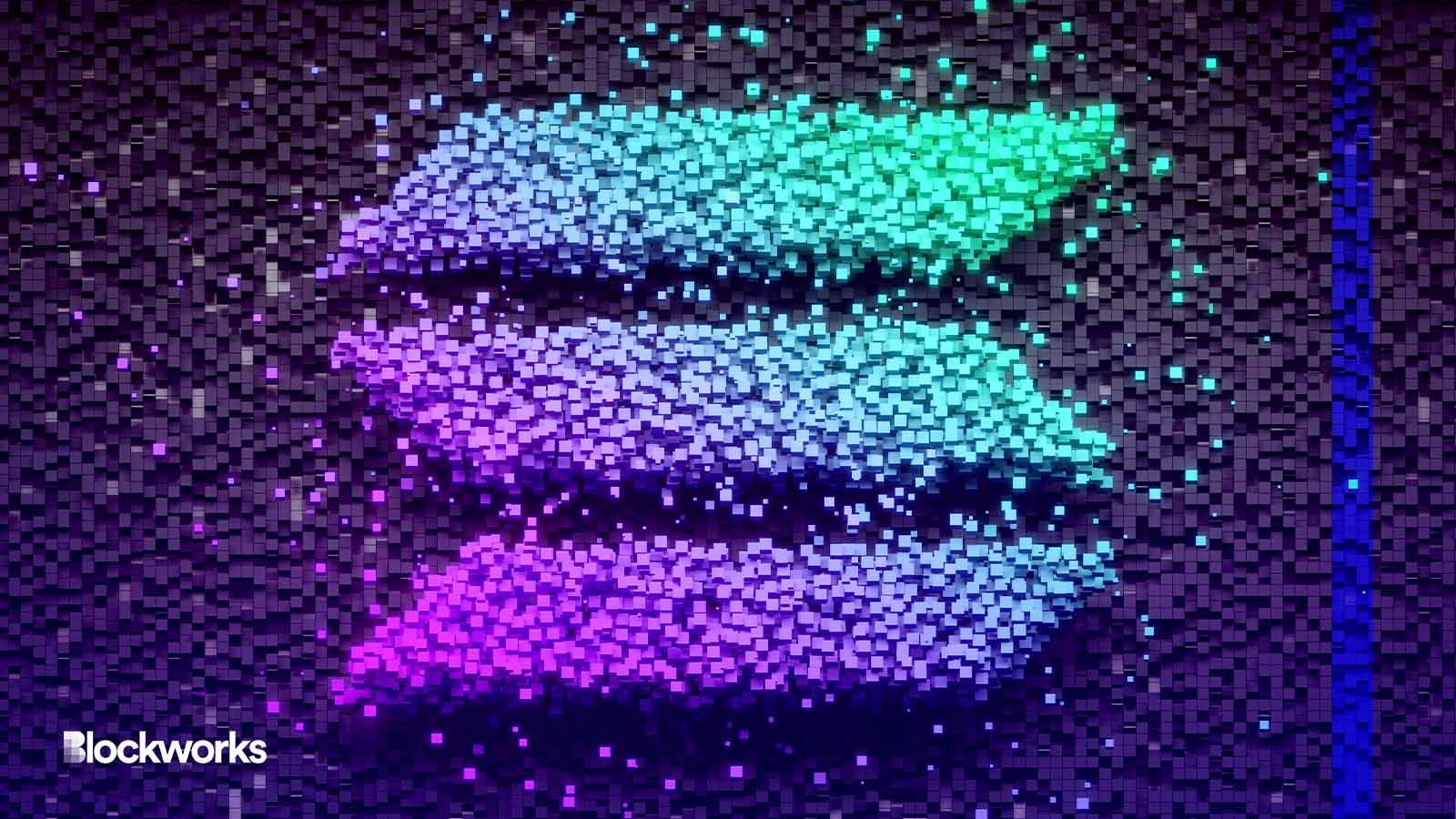Low cost of Solana DeFi frees developers from constraints: Ellipsis co-founder
The ‘De’ in ‘DeFi’ stands for decentralized — but is it a thing of the past?

pakie/Shutterstock modified by Blockworks
The 2020 vision for DeFi, according to Eugene Chen, was for a fully on-chain, transparent composable trading experience. “We still believe in this vision,” he says. “A lot of others in crypto have kind of given up on it.”
The co-founder of Ellipsis Labs says that “coming over to the Solana side” has been a “breath of fresh air.”
“All of a sudden, all these super heavy constraints that are on you as a protocol developer are just gone. They’re replaced with a different set of constraints, of course,” he admits.
Chen talks to Blockworks on the 0XResearch podcast (Spotify/Apple) about how the vision for fully on-chain DeFi remains a strong possibility.
“We are still quite early on the infrastructure side,” Chen says, “but as a DeFi protocol designer, there’s just so much more you can do when you don’t have to deal with 10 or 20 [transactions per second].”
The high throughput and low fees that are characteristic of Solana’s ecosystem allow “active participation in the market,” he says. Chen mentions Ellipsis Labs-developed Phoenix, a fully on-chain, non-custodial decentralized limit-order book, as an example. New limit-orders, cancellations and trades take place 5 to 10 times per second on the platform as of now.
“We’re still in the very early stages here. So we expect that number to go up pretty significantly as the markets become more competitive and as more users come on.”
“This is just not possible on a chain that does 10 or 20 [transactions per second],” he says. “You are not going to have 10 [transactions per second] going through a single DEX, or if you are, the cost is going to be prohibitive.”
Market makers on Phoenix update orders every second or faster, Chen says, paying around $20 per day in costs — “which is like the cost of one ‘add liquidity’ or ‘remove liquidity’ on Uniswap V3.”
Price discovery happens off-chain
Chen explains that DeFi automated market makers (AMMs) were born out of speed and cost constraints. “You don’t need your market makers to be updating their quotes super frequently. You set it and forget it. And I think that really was quite innovative.”
But the liquidity provided by AMMs is not competitive with off-chain limit-order books, according to Chen. This is why, he says, price discovery takes place off-chain on centralized exchanges.
“The price discovery is happening on these venues that don’t have 12 second block times, where market makers can put the liquidity exactly where they want to,” he says.
Chen admits that on-chain DeFi has a long way to go. “There are a ton of concerns with MEV and discrete block times in the same way that these are pretty big challenges for AMMs to overcome.”
Chen notes that the “vanilla limit-order book” implemented on Phoenix is not yet good enough to be the “final form of DeFi liquidity,” but is a “much better starting point than the AMM.”
The AMM design space is “fairly restricted,” according to Chen. “Especially when you’re on Ethereum mainnet.”
“I do expect to see a lot more innovation in DEX design as more and more DeFi activity on the Ethereum side moves to [layer-2s], and I’m pretty excited to see that.”
Get the news in your inbox. Explore Blockworks newsletters:
- The Breakdown: Decoding crypto and the markets. Daily.
- 0xResearch: Alpha in your inbox. Think like an analyst.






